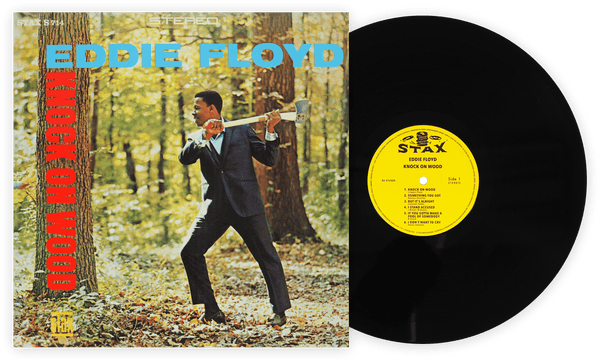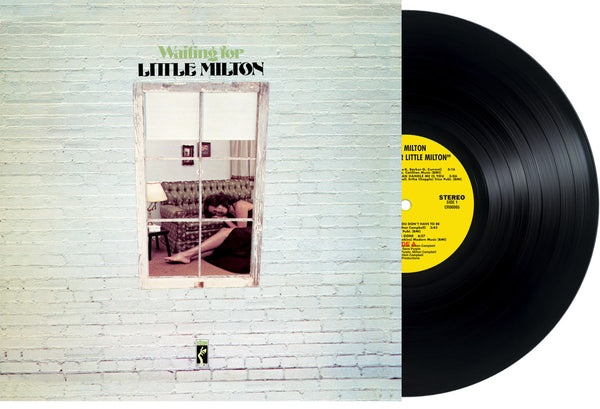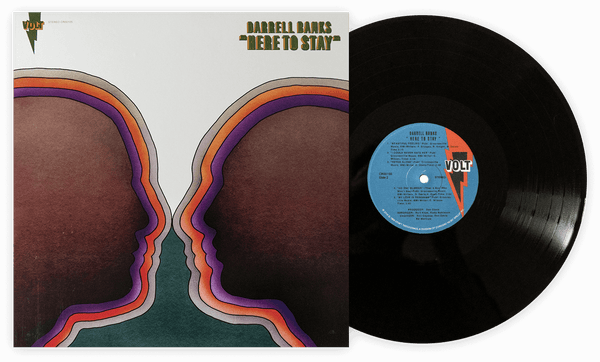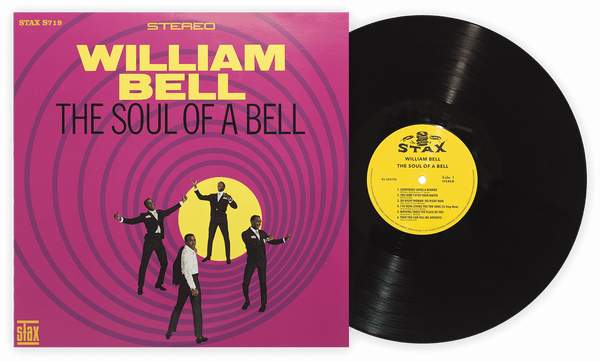No bigger star emerged during the 1969 Soul Explosion than Johnnie Taylor. Growing up across the Mississippi River from Memphis in West Memphis, Arkansas, Taylor got his start as a gospel singer of considerable renown; he’d replace Sam Cooke twice in his early career, first in The Highway Q.C.’s and then in the Soul Stirrers. Taylor would eventually be signed to Cooke’s record label when the latter broke big as a secular star, but his career was put in limbo when Cooke was shot dead in 1964. He moved to Memphis in 1966, and was quickly signed by Stax Records, and paired with the Hayes-Porter writing duo. Taylor’s biggest hit — and arguable calling card — came in 1968, with “Who’s Making Love,” a song written by a different Stax writing crew who’d become important in the label’s second half: We Three, the trio of Homer Banks, Bettye Crutcher and Raymond Jackson.
In 1968 and ’69, “Who’s Making Love” would become the biggest selling Stax single of all time crushing sales figures for anything that came before it. It was a runaway No. 1 hit on the R&B charts, and even hit No. 5 on the pop charts, a huge feat, considering all the other classic music that came out at that time. Taylor became the focal point for Stax; he’d be a commercial certainty and the label’s most bankable star from basically 1968 until it closed.
We chose Raw Blues as the Taylor album featured in our box set; here are six more albums for you to discover by the crooner.
Wanted One Soul Singer (1967)
Taylor’s Stax debut is an album of searching; they’re trying him out in different modes. Ballads, howlers, soul singles that sound like replicas of the best stuff from the Stax factory. By his next album he’d be a superstar, so this album is like his last album in the cocoon before sprouting.
Who’s Making Love (1968)
The godhead, the megalith, the album that no record collection is complete without. The story of Johnnie Taylor’s rise is also the story of the We Three writing team — Homer Banks. Bettye Crutcher, and Raymond Jackson — as they figured out the adult tales of domestic and romantic strife that made Taylor albums so riveting, and enlivened his performances. This album is them cracking the code that made him into a bankable performer, and impacted every album that comes after this.
The Johnnie Taylor Philosophy Continues (1969)
More We Three heaters, more vocal performances that sound like Johnnie has gotten caught in bed with his mistress and is going to sing his way out of it. That he started as a gospel singer is always funny, but especially so on albums like this.
One Step Beyond (1970)
This is probably, along with Raw Blues, the most crate-digging album in Taylor’s catalog, an album of orchestral ballads that for some reason is wrapped in a space motif. But the album is special for its lush instrumentation, which hadn’t become standard at Stax yet, and Taylor does some of his best testifying in between singing on this one.
Taylored In Silk (1973)
Perfect title pun, perfect cover, and at least one perfect song about avoiding divorce because it’s expensive (“Cheaper to Keep Her”), this is Taylor in king mode, cruising comfortably at altitude with very little turbulence. He also basically invents silk-sheet, quiet storm R&B on this, for kicks.
Eargasm (1976)
Beyond needing to own this for the hilarious title, it features Taylor’s biggest hit: “Disco Lady,” the first No. 1 pop song to feature the word “disco” in the title. This song and album inspired basically every other soul singer to try disco on for at least one album, but Taylor got there first, and did it best.
Andrew Winistorfer is Senior Director of Music and Editorial at Vinyl Me, Please, and a writer and editor of their books, 100 Albums You Need in Your Collection and The Best Record Stores in the United States. He’s written Listening Notes for more than 30 VMP releases, co-produced multiple VMP Anthologies, and executive produced the VMP Anthologies The Story of Vanguard, The Story of Willie Nelson, Miles Davis: The Electric Years and The Story of Waylon Jennings. He lives in Saint Paul, Minnesota.








